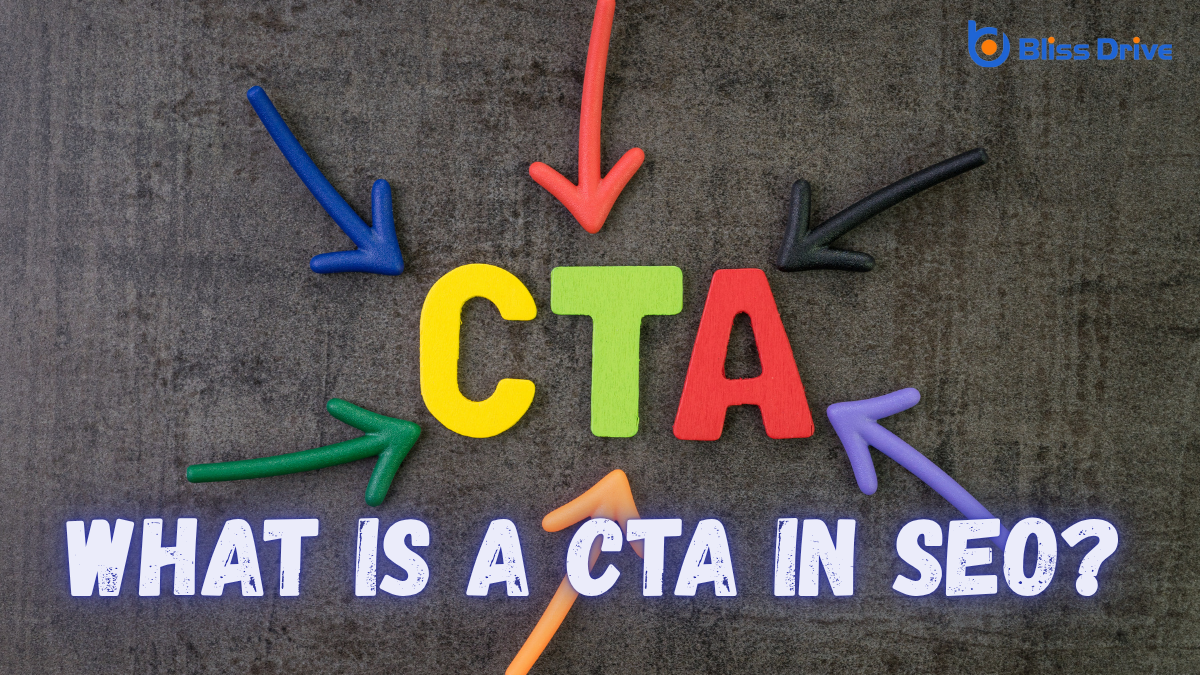Digital Marketing Services
Learn More About Us

You're probably familiar with the term CTA, or Call to Action, but how does it fit into the domain of SEO? A CTA isn't just about catchy phrases; it's a strategic tool designed to guide users towards specific actions, enhancing engagementThe interactions that users have with a brand’s content on social media. and potentially boosting your site's search engine rankingsThe position at which a website appears in the SERP.. Curious about the mechanics behind crafting CTAs that captivate and convert? Let's explore how they can transform user interactionAny action taken by a user on social media, such as likes, comments, shares, or retweets. on your site.
When diving into the basics of CTAs, it’s vital to recognize that these calls to action are more than just buttons or links on a webpage. They're strategic prompts designed to guide your audience toward a desired action, like signing up for a newsletterA regularly distributed email containing news, updates, and content relevant to subscribers. or making a purchase.
Crafting an effective CTA involves understanding your audience's motivations and delivering a clear, compelling message that resonates with their needs.
You'll want to focus on using action-oriented language that creates urgency. Phrases like "Join Now" or "Get Started" can be powerful motivators.
It's also important to guarantee your CTAs are visually distinct, grabbing attention without overwhelming the rest of your content.

Now that you grasp the basics of crafting effective CTAs, it's time to explore how they play a pivotal role in your SEO strategies. CTAs guide users through your content, encouraging them to take specific actions, which can boost your site's engagement metrics.
High engagement often translates to improved SEO rankings, as search engines favor sites with lower bounce rates and longer session durations. When users interact with your CTAs, it signals to search engines that your content is valuable and relevant.
Moreover, well-placed CTAs can increase conversion rates, turning visitors into loyal customers or subscribers. By strategically incorporating CTAs, you guarantee that your SEO efforts don't just attract traffic but also drive meaningful user interaction, ultimately enhancing your site's overall performance and visibility.
Although CTAs come in various forms, each serves a unique purpose in guiding users towards a desired action. Understanding these can enhance your strategy.
Here are three types of CTAs and their purposes:
You've explored different types of CTAs and their distinct roles in guiding user actions.
Now, let's plunge into crafting CTAs that truly engage users. Start by being clear and concise. Tell your audience exactly what to do next. Use action-oriented verbs like “discover,” “get,” or “join” to create urgency.
PersonalizationTailoring content and offers to individual users based on their behavior, preferences, or demographi... can make your CTAs more compelling; address users directly with “your” or “you.” Visual appeal also matters—use contrasting colors and strategic placement to catch the eye.
Keep your CTA simple and focused on one action to avoid overwhelming users. Testing different variations can reveal what resonates best.

To truly gauge the effectiveness of your CTAs, it’s essential to measure their impact on conversion rates. Start by tracking how users interact with your CTAs. Monitor clicks, impressions, and conversions to see what's working.
Here’s how you can do it:
Incorporating CTAs into your SEO strategy is essential for driving user engagement and boosting conversions. By crafting clear, action-oriented prompts, you guide visitors toward meaningful interactions, enhancing both user experience and your site's SEO performance. Remember, a well-placed CTA can considerably impact your conversion rates, signaling content value to search engines. So, don't overlook the power of a compelling CTA—it's a simple yet effective tool to elevate your digital presence and achieve your goals.
